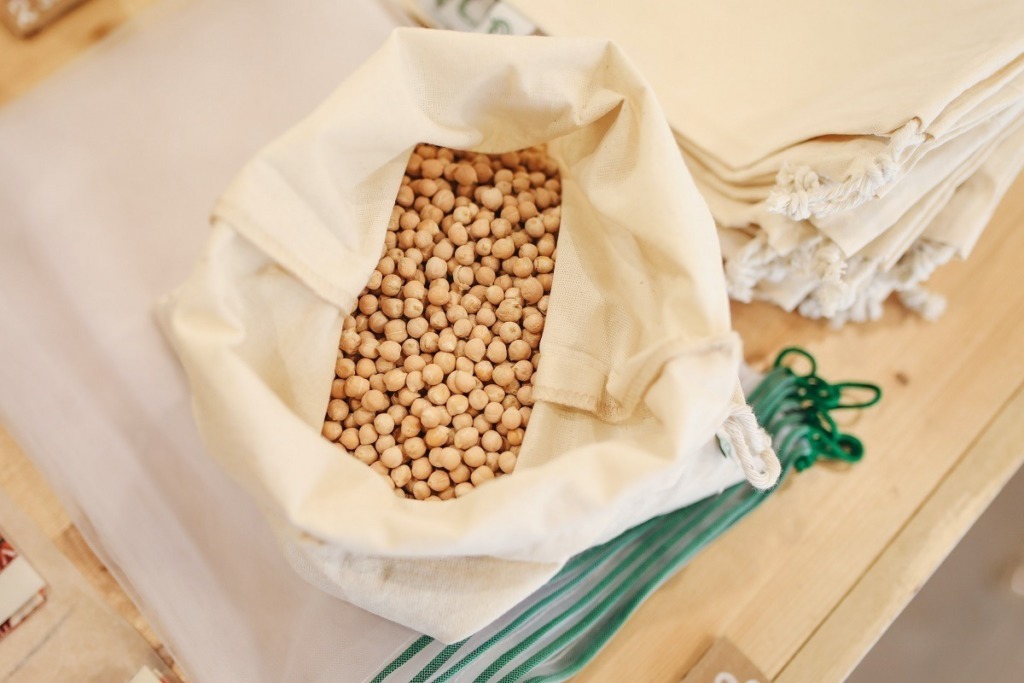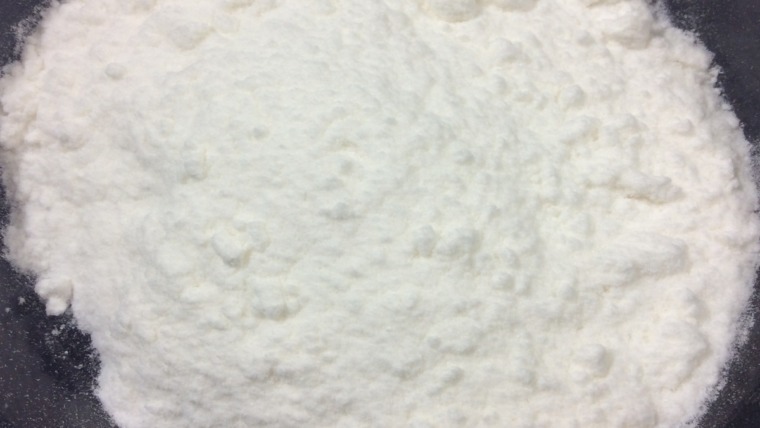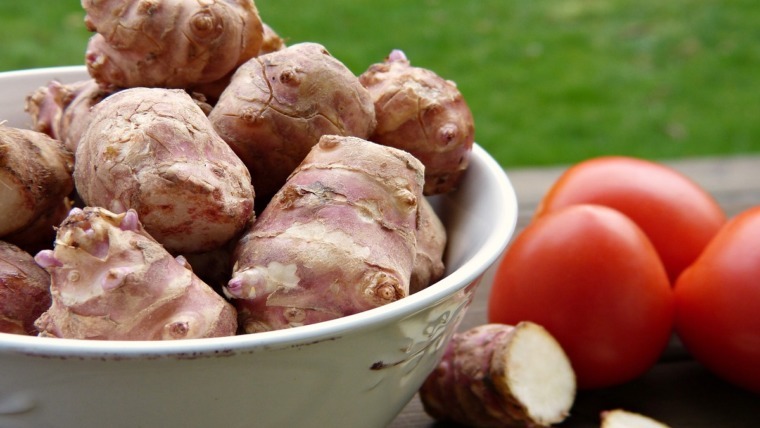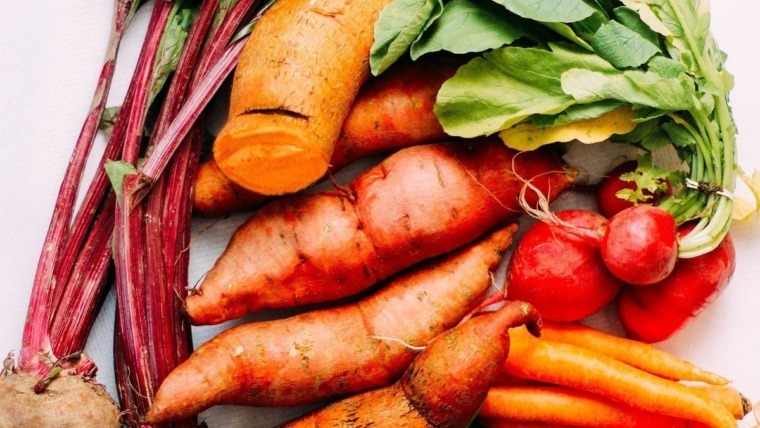
Written by Kevin Kapusi Starow
This is such a popular ingredient throughout the sub-continent from India through to Burma, Bangladesh, Nepal, Pakistan and Sri Lanka. Chickpea flour is known by other names, in particular Besan (how I was introduced to it, and refer to it as), and Gram flour. It is as the original name suggests a flour made from dried chickpeas, which are ground into flour. The two main varieties of which are raw and roasted. Referring to the pulses prior to grinding into flour. As you can imagine the roasted variety has a much nuttier and well-rounded flavour. Whilst the raw variety can tend to be a little bitter, perfect for certain recipes.
It is also commonly used by the Italians, French, Greeks, Spanish, Moroccans, and Algerians to name a few. Though we will explore in the cooking section a little more of how these cultures have used, and use the flour today.
History Of Chickpea Flour
Chickpea flour has a long history, being a staple food source for thousands of years throughout the known world. It is said that the Roman soldiers would make a batter from chickpea flour. Then cook-off a type of pancake or flatbread using their shields as grill plates.
The history of the flour is a bit sketchy, as no one, from my investigations. Has really a definitive exploration behind the origins of this simple, but seemingly important commodity. As it seems to have been an important nutritional staple throughout many lands for millions of people.
For Cooking
There is a wealth of information and recipes out there utilizing chickpea flour (Besan, Gram flour), so let’s explore some of them here for you.
One of the better-known snacks in Indian cuisine, the pappadam has as its base chickpea flour. Throughout India and the sub-continent chickpea or Besan flour is very popular. Used for Bhajjis or pakoras which is a type of fritter. It uses vegetables that are bound together with a thick batter made with Besan, then fried off in hot oil. One of the most popular varieties is the onion, but can and does utilise pretty much any vegetable. Such as potato, eggplant, spinach, chilli, plantain and cauliflower. To name a few or any such combination of vegetables you can think of. The Pakoras are usually accompanied by spiced yoghurts, and or chutney, it is truly a flavour bomb in your mouth.
Sev is another hugely popular Indian snack food which you may well have previously tried but was unaware of its name or origins. Sev is a crispy flavoured noodle, made from Besan flour. Seasoned with turmeric and cayenne pepper then fried of till golden and crispy.
These are just a sample of the uses from the sub-continent, volumes of books can be written about the use of chickpea flour in this cuisine, though for now, we need to move on.
Classic Uses
There is a pancake known as Socca or Farinata, or even Panisse, it all depend upon where you come from, and so many countries and cultures lay claim to its creation. That you don’t even want to enter that argument. Spreading from Spain to Algeria, Gibraltar through to Italy France and even Argentina. Simple in its ingredients but so satisfying to the body and soul, the main ingredients are comprised of chickpea flour (not roasted), water, olive oil and salt.
Unroasted flour is used for the sweetness, once the batter is made it must rest to allow the starch to gelatinise so the pancake can cook without splitting. It must be crispy on the outside, without being burnt and needs to be firm in the middle, the best way to cook them is in a wood fired oven. This allows the smokiness of the fire to infuse the pancake, which adds another layer of complexity to it.
Chickpea flour is also utilised as an alternative to eggs in vegan recipes, providing protein and body at the same time due to its amazing thickening properties.
If you have never used chickpea flour, maybe it is about time you popped out to the shops to get some, it is a staple on the shelves of any Indian grocer, and is very reasonably priced.
Health Benefits
Chickpea flour is high in carbohydrates, and in protein more than most flours on the market. It contains absolutely no gluten so is a perfect alternative for gluten intolerant people and those suffering from Celiac disorder.




2 Comments